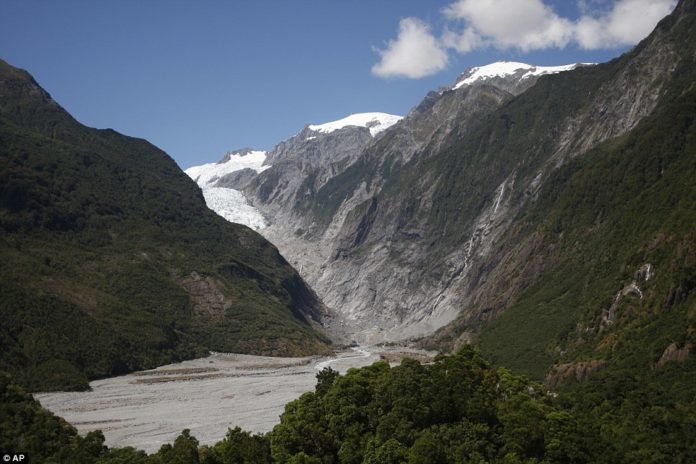The glaciers are retreating, not only in the poles, but also in the island nation in southwestern pacific ocean. New Zealand houses more than 3000 glaciers. Most of these are in the Southern Alps in the country’s South Island.
ASTER has spotted out the changes in the glaciers of the island nation. NASA’s Landsat image taken in 1990 and ASTER’s image taken in 2017, has shocked the climate scientists.
A large number of terminal lakes are forming, as the thin sheets of ice are melting. From the images, it is easier to notice the retreat of the ice free of moraine cover, and the higher moraine walls due to ice thinning.

Source: NASA/ASTER-JAPAN
The images cover an area of 39 by 46 km. It is located at 43.7 degrees south and 170 degrees east.
Michael Abrams, ASTER’s science team leader, said that there may be various reasons for this retreat. He also said, “The primary cause is that melting surpasses accumulation of snow”.
The Advanced Spaceborne Thermal Emission and Reflection Radiometer (ASTER) is an imaging instrument on-board Terra. ASTER is a cooperative effort between NASA, Japan’s Ministry of Economy, Trade and Industry, and Japan Space Systems.
ASTER uses 14 spectral bands from the visible to the thermal infrared wavelength region. It also has a high spatial resolution of 15 to 90 meters. It images Earth to map and monitor the changing surface of our planet.
The broad spectral coverage and high spectral resolution of ASTER provides scientists in numerous disciplines with critical information for surface mapping and monitoring of dynamic conditions and also temporal change.

Source: NASA
The comparative images clearly show the decline of white snow and the widening of these terminal lakes. This indicates the threat level, when climate change is considered.

























